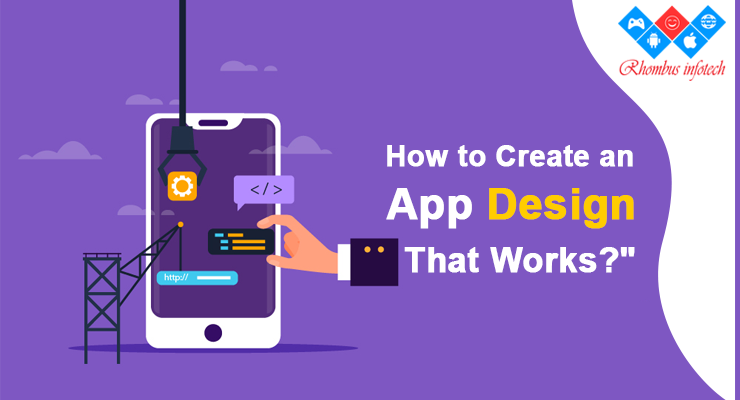In the world of mobile development, app functionality and its features mean a lot. Still, there’s always a place – and a need – for an attractive design. After all, apps are also judged by their appearance, and quite often it’s the UI/UX design that makes people download the product.
Mobile app design process is complex and long-term task that requires attention to details. To better understand the process, let’s find out what exact steps designers follow.
1: Write down your goals
Just like starting a business, if you do not have clear goals in sight, it’s going to be quite challenging to succeed.
Write everything down, beginning with your idea of how you plan to market your app. Remember, set realistic goals.
Once you have an idea, understand its stance in the current market by looking at the competition. More importantly, research the target audience and define the customer persona.
2: Select a platform
Before you start designing an app, you need to select the platform you intend to develop the app for, whether it’s Android or iOS, or maybe both. But that depends on your idea as well as the reason for creating an app.
Since each OS has its design language, you need to follow the design guidelines for that platform.
3: Illustrate your ideas
It’s time to present your thoughts visually. Begin by creating sketches about the information architecture and navigation of the app. This helps to envision the structure and logic.
Moreover, these simplified designs focus on flow and usability.
Next, create wireframes.
Wireframes are often described as the blueprint of an app that schematically portrays essential features, functions, and content. They typically show:
space distribution
content prioritization
available functions
intended actions
relationships between screens
4:Add the visual aspects
The design of an app needs to have an instant impact on the mind of the user.
And since a good first impression can take your app to greater heights, invest in a design that will pull your users in. Remember that while looks are paramount, you need a great UI to boost the overall perceived quality of your app.
So while UX enhances customer satisfaction by optimizing the app’s usability and providing a smooth experience, UI defines how the app will look and behave visually. This includes elements such as fonts, colors, icons, etc.
However, they all must align with the app’s identity. Above all, keep the app design aesthetically pleasing.
Here are a few tips for creating a picture-perfect mockup:
Make navigation easy
Aim for a minimalistic design
Select colors and fonts mindfully
Consider which elements require visual hierarchy
Make links and buttons finger-friendly
Be consistent throughout the app
5:Create a prototype
The design team will now need to produce a minimal viable product. As a scaled-down version of the product, it will allow designers to test all the features of the app inexpensively.
The aim is to finalize the structure and foundation of the app before it is uploaded onto an app store.
Develop a click-through prototype for users and collect feedback. Test the prototype to identify if any changes need to be made.
Initially, prototypes are tested within the team and other departments. Then, a sample group of users is also brought in.
During this experimental phase of the app, problems are identified, and solutions are formulated. They are implemented, re-examined, investigated, and accepted if the situation is resolved.
Continue beta testing until you get satisfactory results. And instead of fixing all the problems at once, try to work on the major ones first.
Last but not the least you need to regularly monitor your app’s performance.

